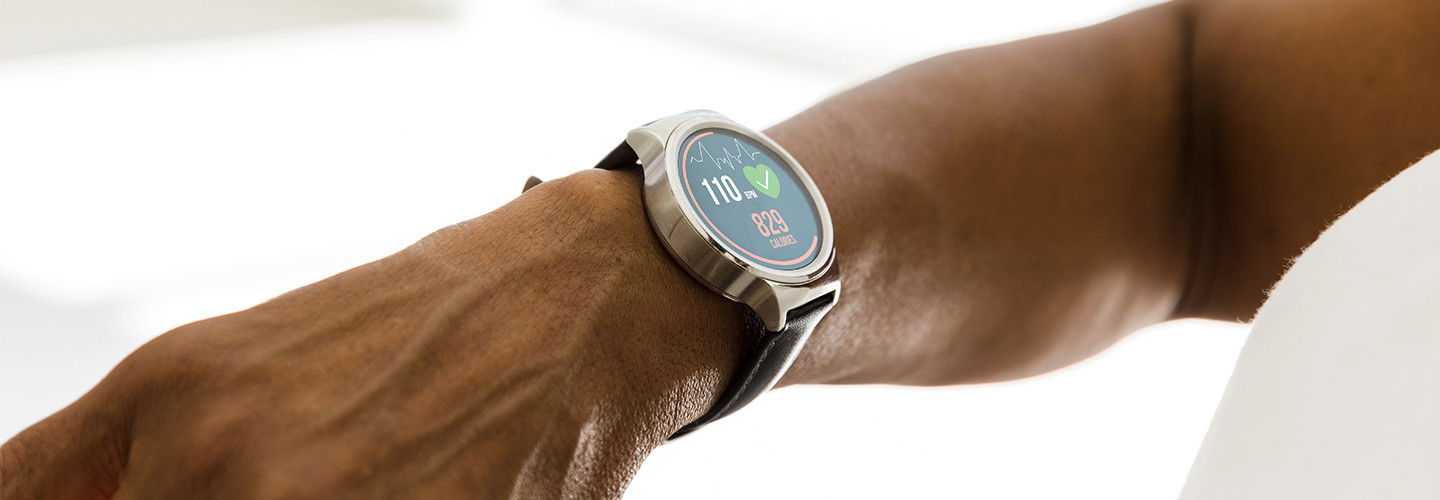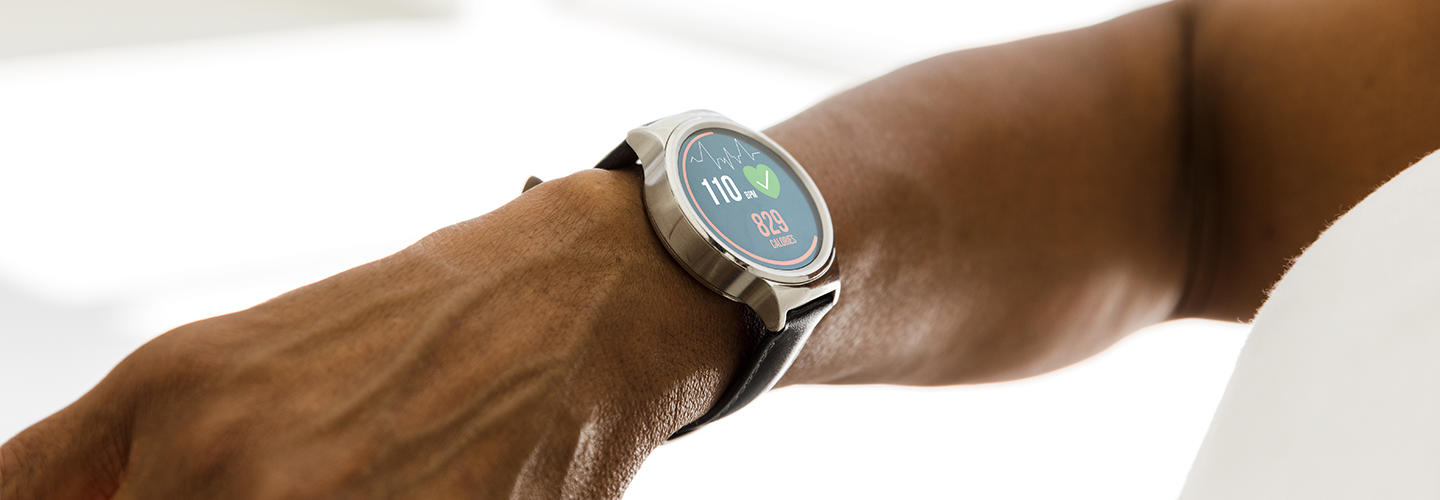With post-pandemic health operations now a near-term reality, discussions around wearables are on the rise. How do healthcare organizations effectively deploy and defend this technology?

Remote care, which has become a critical part of health operations during the coronavirus pandemic, is expected to continue being a robust tool for providers and patients.
Telehealth doesn’t exist in isolation, however. Along with digital checkups and video consults, healthcare wearables offer a way for physicians to monitor and manage patient progress, even at a distance.
“Wearables offer a way to go beyond the typical metrics by providing detailed medical information,” says Ramsés Gallego, international CTO of CyberRes, which provides cyber resiliency-focused consultation as part of software provider Micro Focus. “In a post-pandemic world, this is critical — these devices could save lives.”
In practice, however, wearable health devices present possibilities and pitfalls. Here’s what healthcare organizations need to know about deploying and defending this technology to take advantage of its predictive capabilities.
Post-Pandemic Possibilities in Healthcare
The potential of wearables for remote patient monitoring is straightforward, according to the Healthcare Information and Management Systems Society: “Wearable technologies enable the continuous monitoring of human physical activities and behaviors, as well as physiological and biochemical parameters during daily life.”
Though this functional field began with relatively simple devices — such as smartwatches capable of monitoring steps taken and average heart rate — the market has now expanded to include more in-depth medical information.
At the University of Waterloo in Ontario, Canada, researchers are developing wearable technology to monitor the overall health of patients with neurodegenerative disorders. The ONDRI@Home project aims to give practitioners an end-to-end perspective on patient health, rather than relying on point-in-time appointment data. The Waterloo work highlights the massive potential of connected healthcare devices.
“This technology is here to help us,” Gallego says. “It becomes a partner to provide critical medical information on demand.”
For family doctors, specialists and ongoing care providers, wearable health monitoring devices provide a window into their patients’ daily lives. Armed with actionable information such as heart rate, blood pressure and brain function data, clinicians are better prepared to meet the evolving standards of patient-centered care.
Potential Pain Points for Wearables
However, there are also possible points of concern, Gallego says, that come with wearable implementation at scale, including privacy and data security issues:
- Supply chain concerns. Since components of most medical wearables come from multiple providers, “the supply chain must be part of the risk equation,” Gallego says. “Attackers can target the device within the device.”
- Medical malware. When it comes to wearables and security, Gallego notes that the medical Internet of Things “opens the doors for new vectors of attack, including targeted malware and distributed denial of service attacks. What happens if medical devices are compromised?”
- Privacy problems. Gallego also highlights the issue of privacy. “Most vendors are driven by device operation rather than the data itself,” he says. As a result, robust authentication and authorization is critical to determine how devices collect, send and analyze data.
- Global regulatory realities. “The limit is the law,” says Gallego. “With different balances of ethics and data collection worldwide, legislation plays a key role in device security.”
- Increased provider pressures. Gallego notes that the increasing adoption of 5G cellular networking comes with the promise of 10 times the speed of its 4G counterpart, in turn making it easier for devices to collect, send and store data. Increased data volumes, however, can contribute to clinician burnout as the they struggle with “technostress, time pressure and workflow-related issues,” according to Healthcare IT News.

You need to let people know what’s at stake. You need to let them know why and how we are doing this.”
Ramsés Gallego International CTO, CyberRes
‘What’s at Stake’ When Implementing Wearables
With equal measures possibility and pitfall, how do healthcare agencies effectively implement wearables?
For Gallego, it starts with communication among both patients and staff. “You need to let people know what’s at stake,” he says. “You need to let them know why and how we are doing this.”
He also stresses the importance of shared objectives for using wearables, and a shared agreement on what to do with the data that is collected and shared.
This isn’t a quick process, Gallego adds. He offers a four-step framework to help healthcare organizations effectively address the risks of wearable deployments:
- Before the deployment of devices, healthcare organizations must assess potential risks, such as authentication and authorization issues, and deploy effective defenses, such as multifactor or geolocated access requirements.
- No digital environment is entirely safe from attack. As a result, providers must be prepared to detect, identify and remediate threats to their digital device networks.
- To meet patient expectations around wearables and privacy, incident recovery must include transparent discussions of any device compromise along with targeted measures to reduce ongoing risk.
- “Healthcare providers are on a journey from cybersecurity to cyber resiliency,” Gallego says. As a result, reactive defense is no longer enough; organizations must evolve to meet patient-centered expectations and satisfy emerging security standards.
Wearables are here to stay and offer significant benefits for healthcare providers. While pitfalls exist, proactive management of security, privacy and regulatory risks can help organizations avoid problems and deliver the health benefits of wearable tech to patients.
SDI PRODUCTIONS/GETTY IMAGES
By Doug Bonderud Source: https://healthtechmagazine.net/article/2021/04/wearable-tech-healthcare-possibilities-and-pitfalls-perfcon

